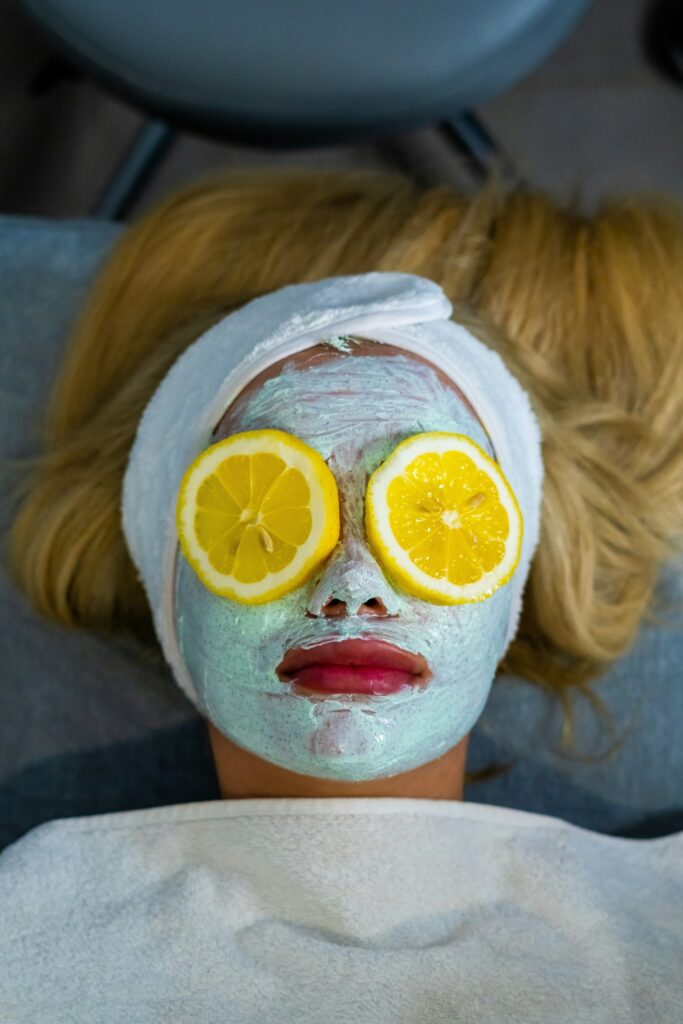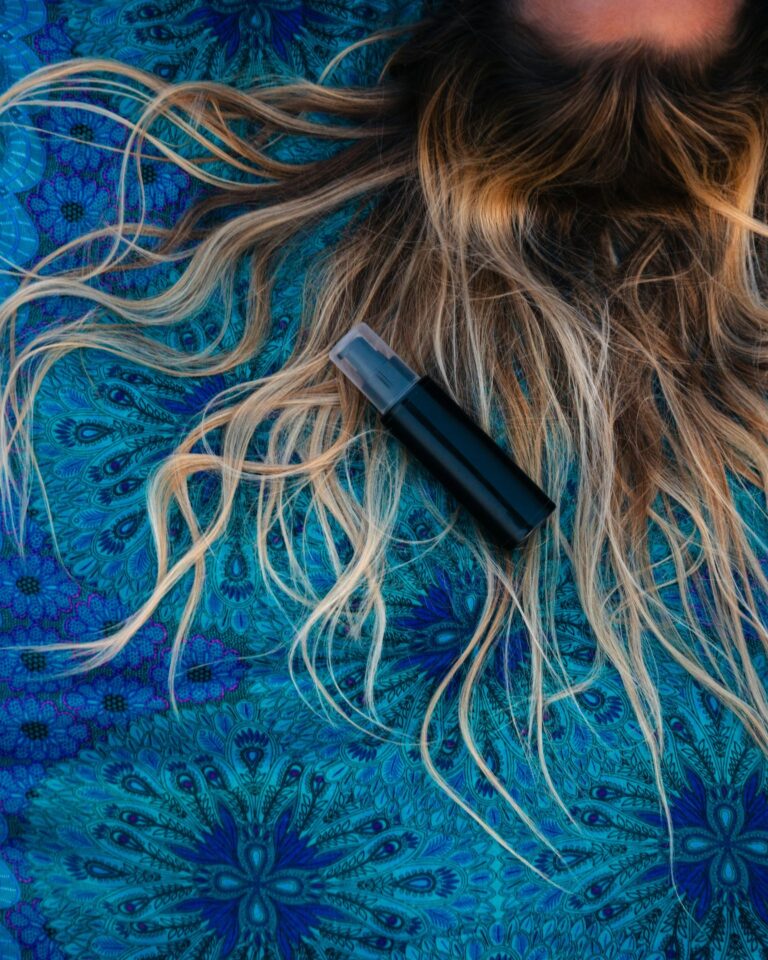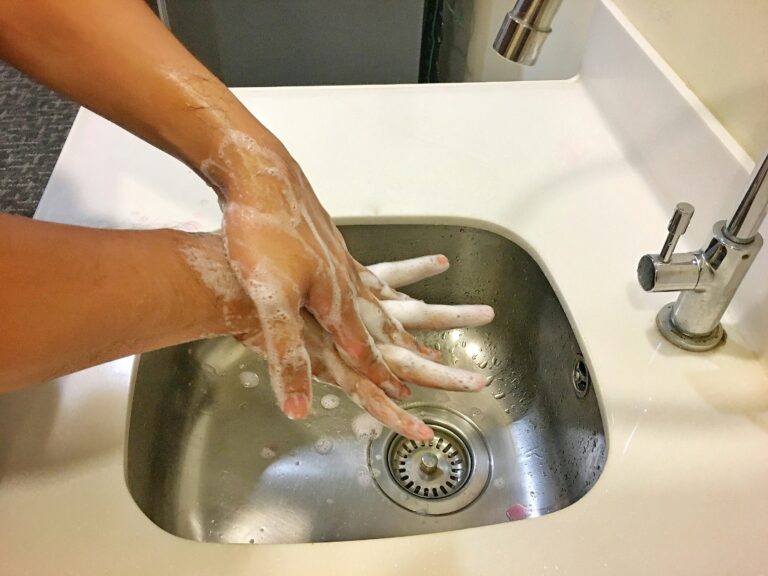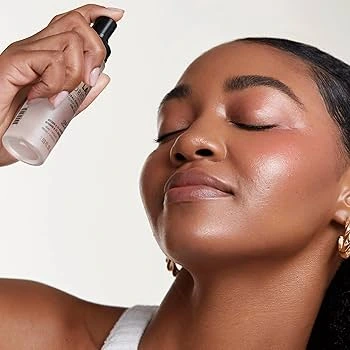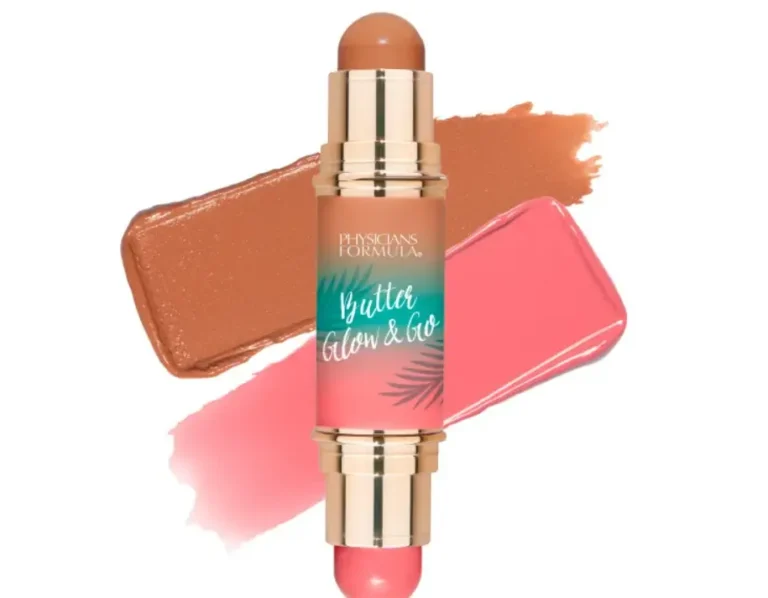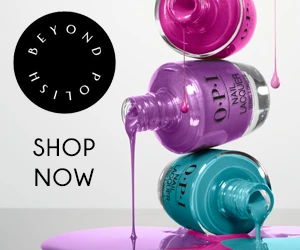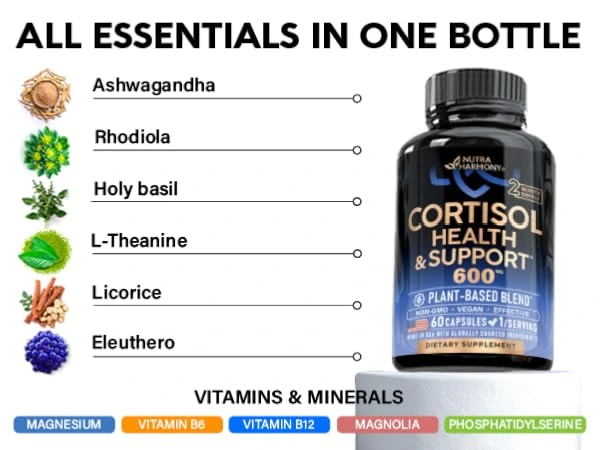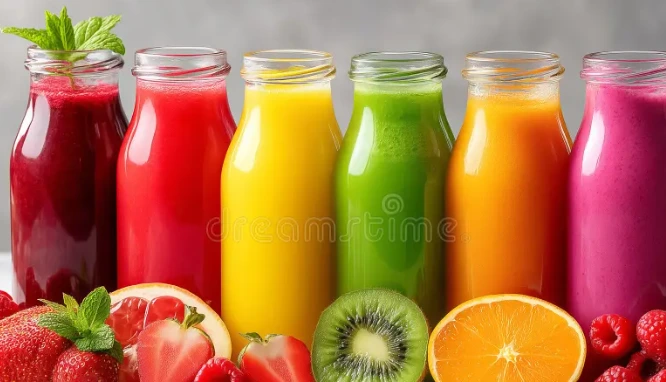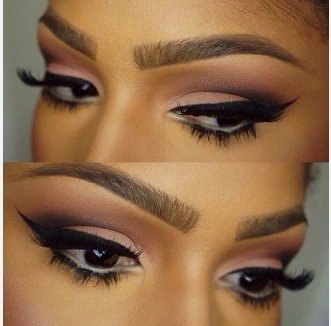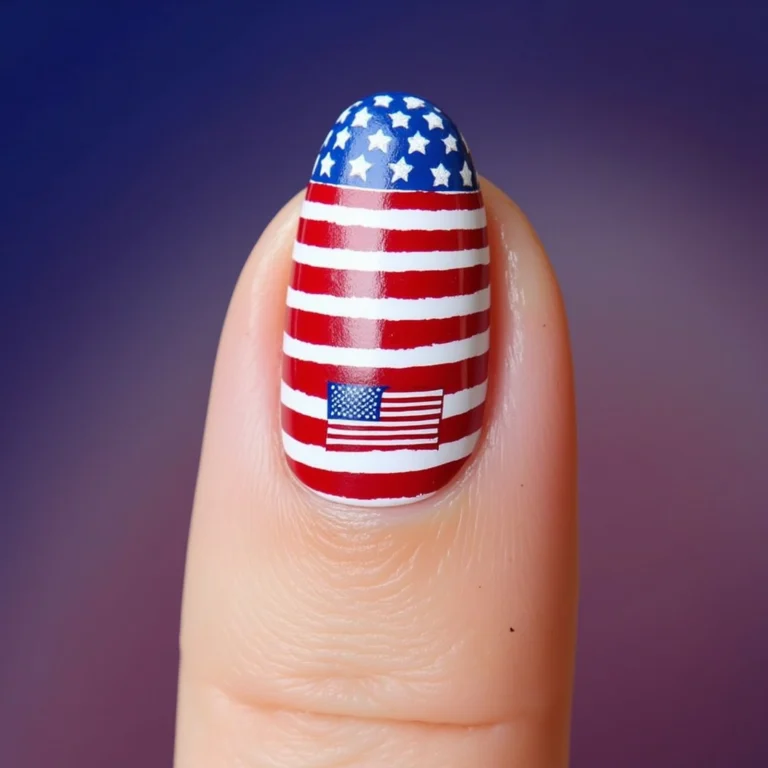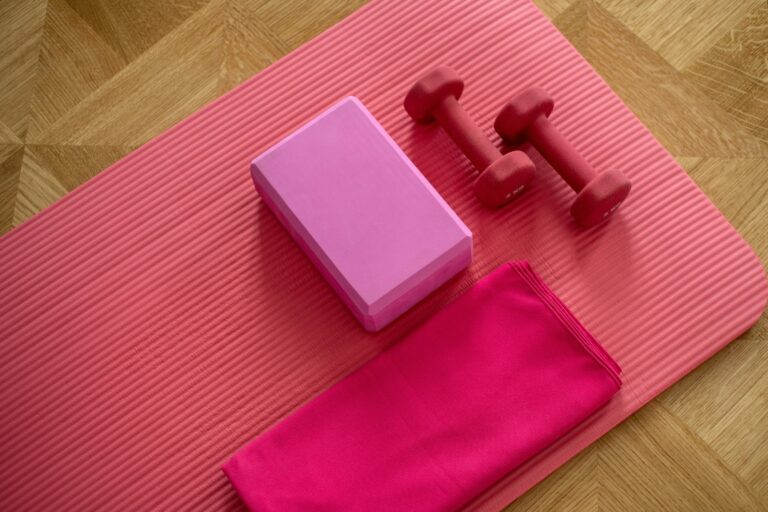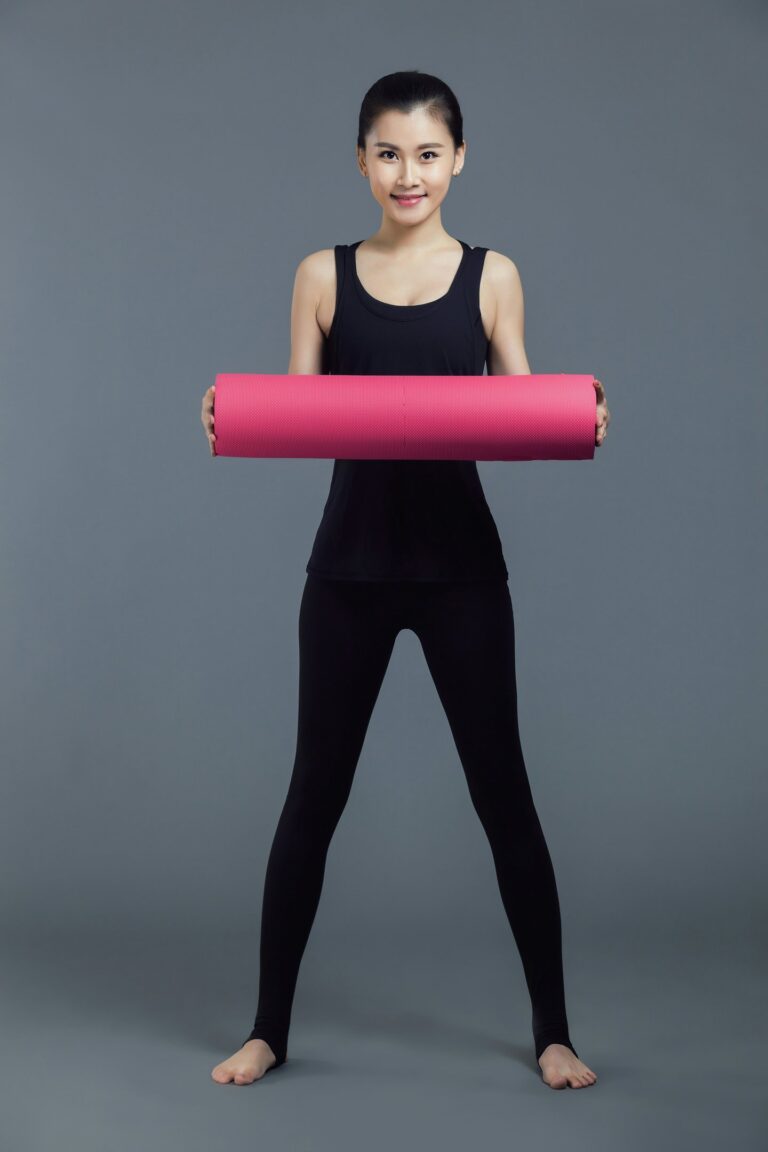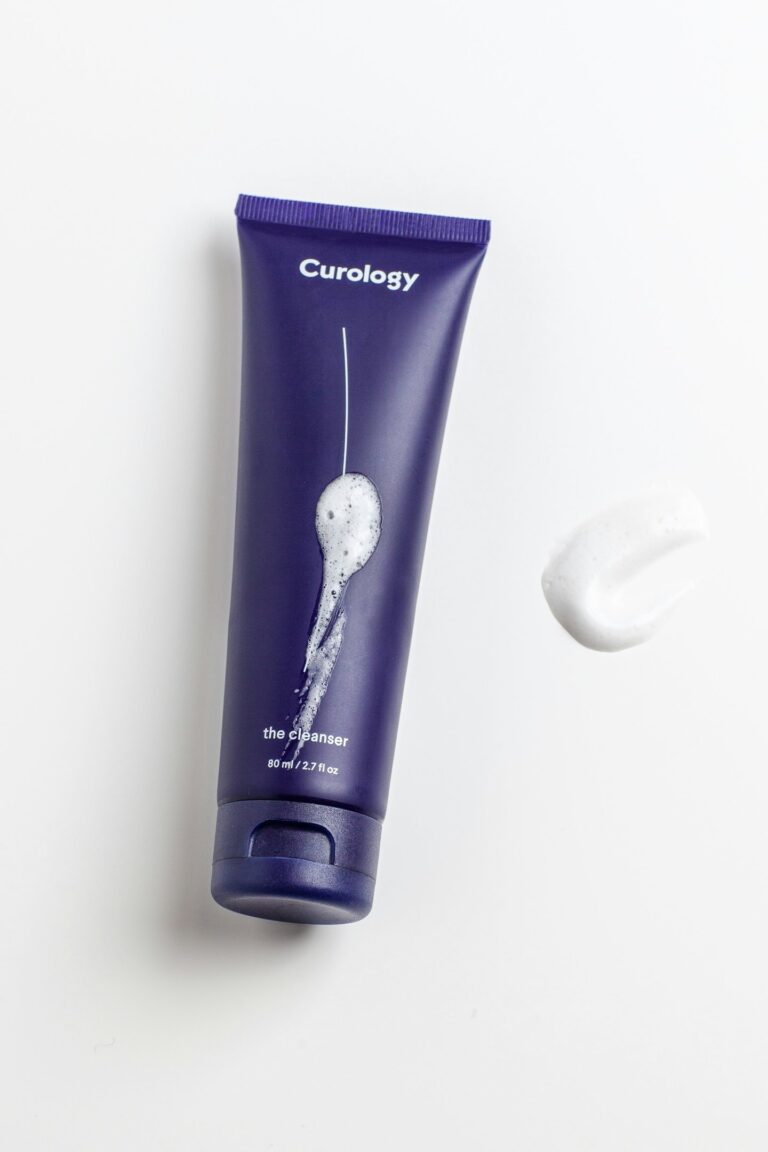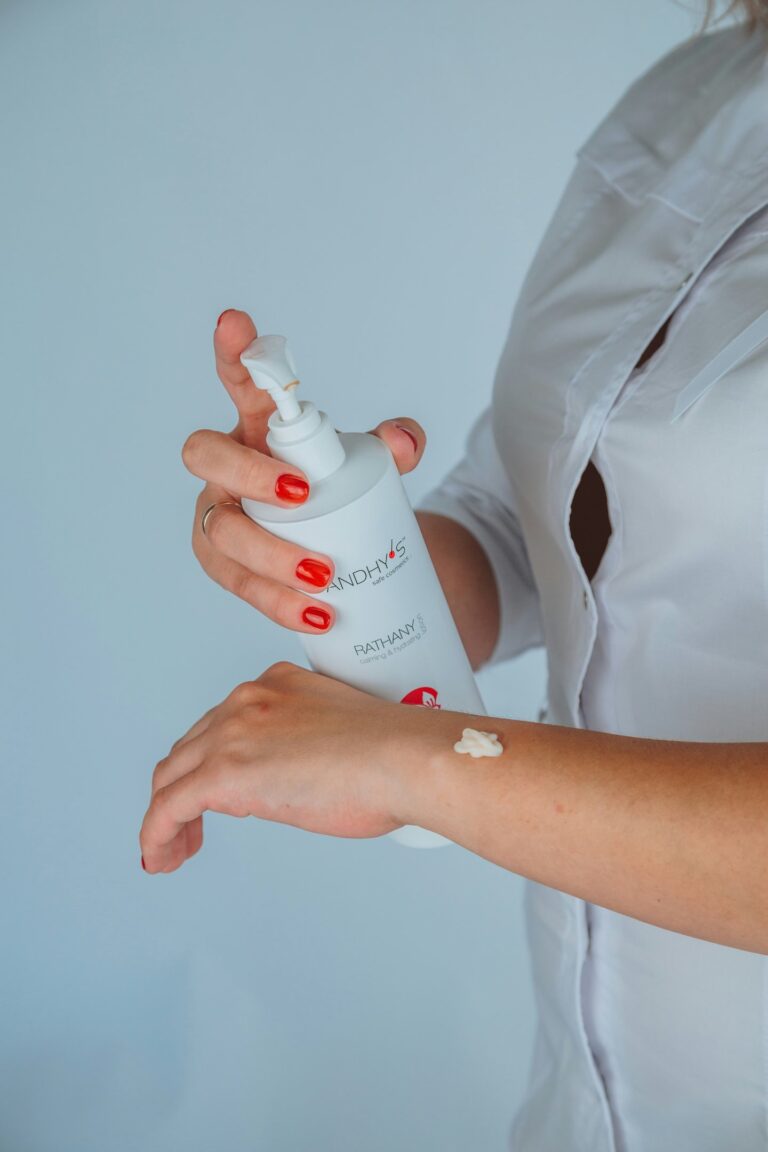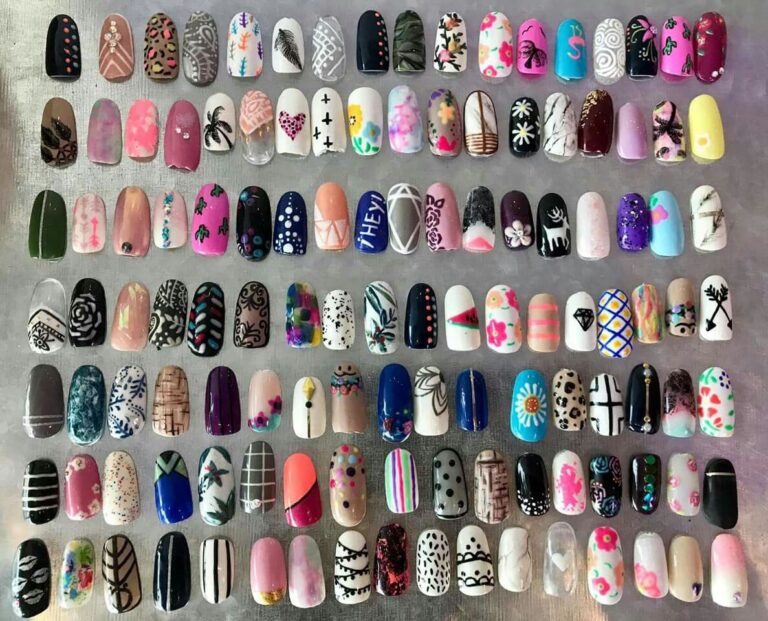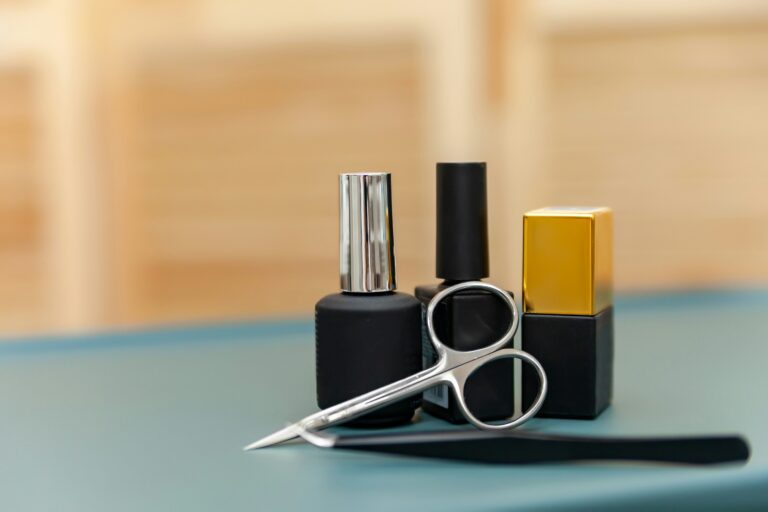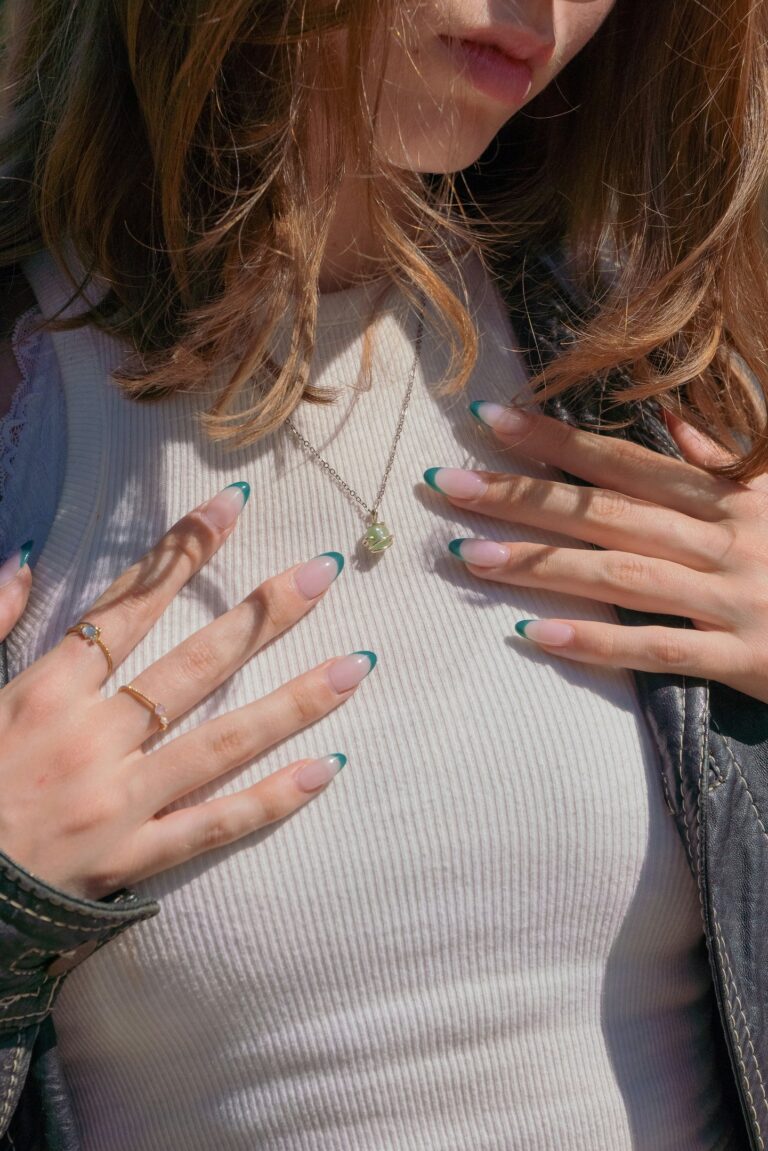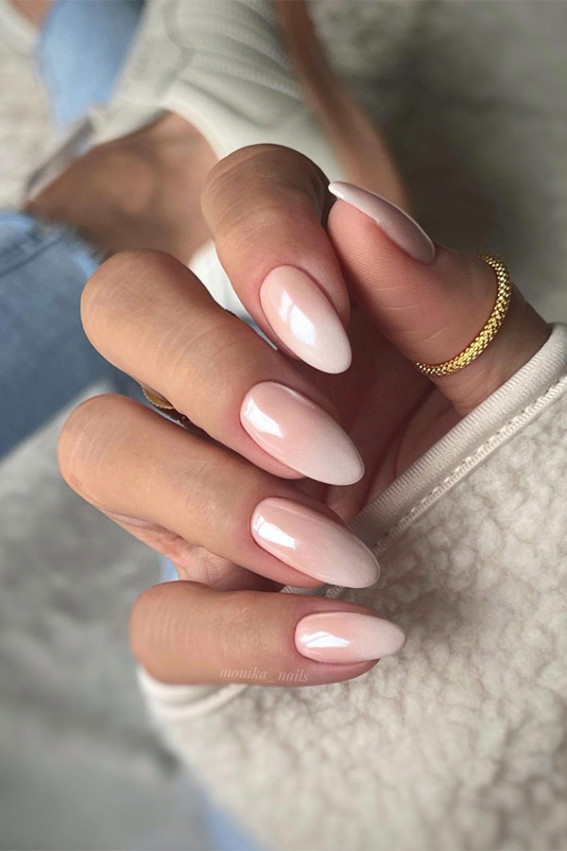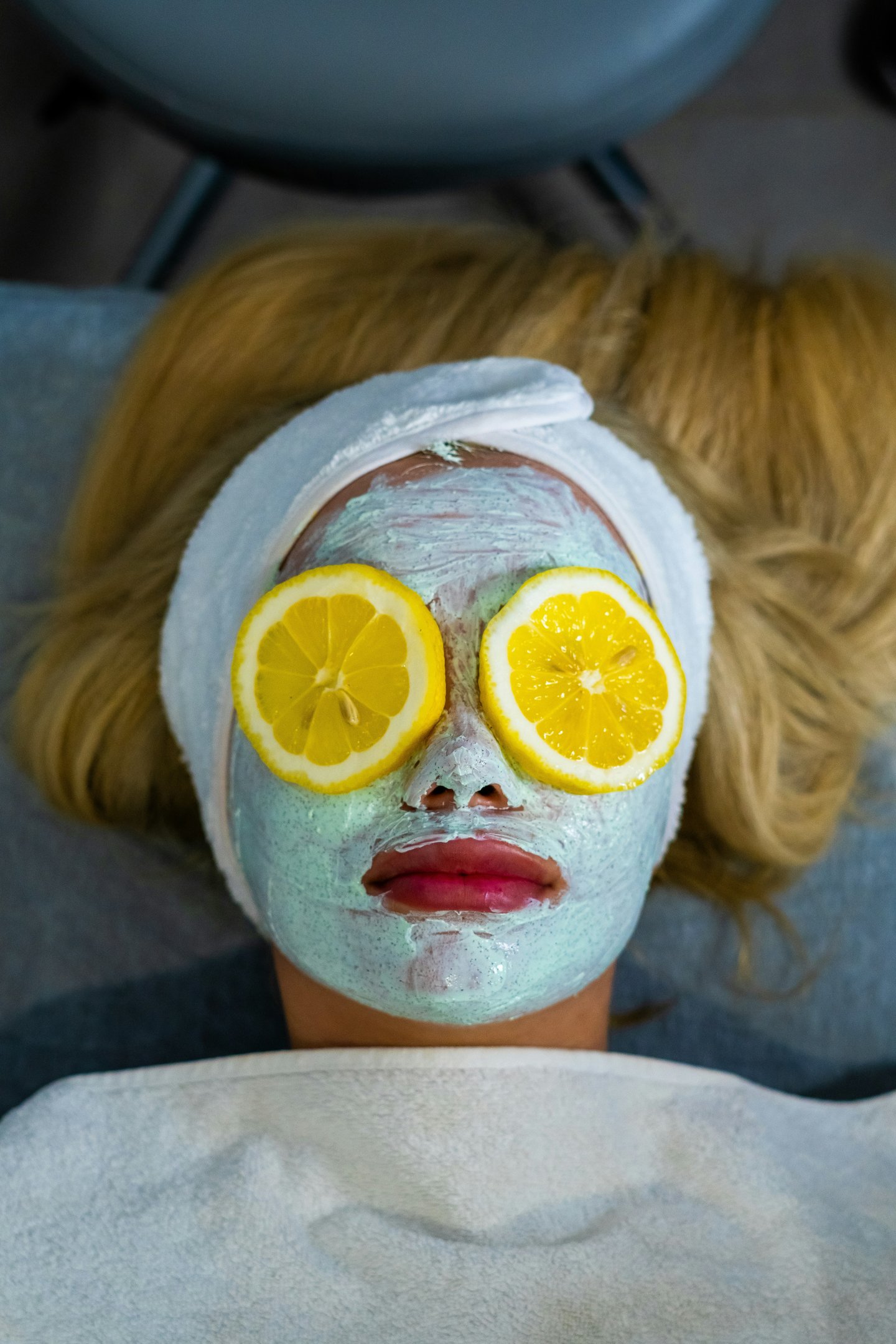
🧴 DRY SKIN: Your Skin Wants a Drink
If your face feels like a desert after cleansing — tight, dull, or flaking — your skin is literally thirsty. Clay masks are not your friend here. You need rich, hydrating, nourishing masks that feel like a hug for your face.
Look for masks with:
-
Hyaluronic acid – attracts and retains moisture
-
Squalane or ceramides – replenish the skin barrier
-
Honey, aloe, or oat extracts – soothe and soften
💡 Use a creamy or gel-based mask 2–3 times per week, especially at night. For extra hydration, apply a thin layer as an overnight mask.
Want a little extra glow trick? After masking, press in a few drops of hydrating facial oil before sealing everything with a thick moisturizer.
★ Try: this creamy overnight mask that feels like a blanket for your skin.
✨ OILY SKIN: Say Bye to the Midday Shine
Your skin produces enough oil to deep-fry a taco, but that doesn’t mean you should dry it out. The goal? Balance, not a moisture strip-down. You want something that controls shine, clears pores, and keeps breakouts in check.
Look for masks with:
-
Kaolin or bentonite clay – absorb excess oil without over-drying
-
Salicylic acid – unclogs pores and gently exfoliates
-
Tea tree oil or sulfur – helps fight acne-causing bacteria
💡 Once or twice a week is enough. Avoid using back-to-back clay treatments or harsh scrubs.
Pro tip: If you’re masking before makeup, follow up with an oil-free hydrating serum to keep your base smooth and not cakey.
★ Try: this gentle clay mask that doesn’t over-dry.
🌗 COMBINATION SKIN: Mix & Match Is the Move
Welcome to the land of “why is my forehead shiny but my cheeks are flaking?” Combo skin is all about zones — and your masking strategy should reflect that.
Do this:
-
Multi-mask! Apply an oil-absorbing mask on your T-zone and a hydrating one on your cheeks.
-
Or choose a balancing mask that hydrates dry areas while controlling oil.
Key ingredients:
-
Niacinamide – balances oil and supports skin tone
-
Green tea – soothes while offering mild oil control
-
Honey + clay hybrids – hydrate and purify
💡 Listen to your skin. You might mask different parts of your face at different times of the week — that’s totally normal.
Want an all-in-one? Try a mask that has both hydrating and purifying ingredients to keep things simple.
★ Try: this multitasking mask made for moody skin.
🔥 SENSITIVE SKIN: Handle with Care
Masking can be nerve-wracking when you have sensitive skin. You want something calming, never irritating, and absolutely zero burning allowed.
Best ingredients for sensitive skin:
-
Centella asiatica (Cica) – calms inflammation and redness
-
Colloidal oatmeal – deeply soothing and anti-inflammatory
-
Aloe vera, chamomile – hydrate and cool skin
Avoid anything with fragrance, essential oils, alcohol, or strong acids. Keep it simple.
💡 Always patch test new products before slathering them on. A safe bet? Keep your mask in the fridge for an added calming effect.
Bonus: Use a hydrating mist post-mask for extra softness without adding weight.
★ Try: this ultra-gentle mask that soothes instead of stings.
🚿 UNIVERSAL MASKING TIPS
Regardless of your skin type, there are a few cardinal rules for mask success:
-
Start with a clean face. Dirt and oil block ingredients from doing their job.
-
Don’t overuse. More isn’t always better — stick to 1–3 times a week.
-
Follow with moisturizer. A mask is a treatment, not your final step.
-
Skip DIY masks unless you’re 100% sure. (Lemon juice and baking soda? Just no.)
-
Listen to your skin. If something tingles or stings, take it off — fast.
Optional but fun: light a candle, put on a podcast, and call it a mini spa night.
💬 FINAL THOUGHTS
Face masks aren’t magic, but they’re a great addition to your routine when used right. Whether your skin is dry, oily, sensitive, or somewhere in between, the trick is choosing masks that meet your skin where it’s at — not where TikTok trends say it should be.
Coming soon: Moisturizers by skin type — because hydration doesn’t stop at serum.
